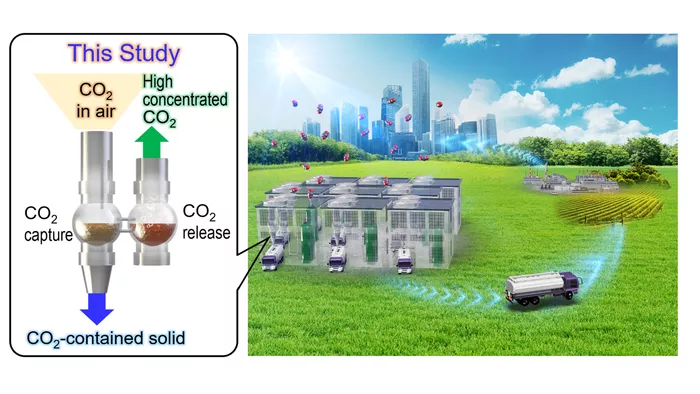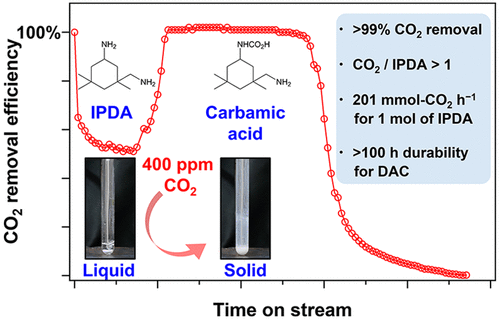According to new atlas, with the accumulation of carbon dioxide in the atmosphere, it is not enough to just curb emissions - people need to actively remove some of the things that have been released. In a new development, researchers at Tokyo Metropolitan University have developed a new compound that is said to remove carbon dioxide from the ambient air with an efficiency of 99% and at least twice the speed of the existing system**

Direct air capture (DAC) technology usually removes carbon dioxide by piping air or exhaust gas through a filter or catalyst, including magnetic sponge, zeolite foam or materials made of clay or coffee grounds. Other methods involve bubbling air through a liquid that absorbs carbon dioxide or separates it into solid crystals or sheets.
The new compounds belong to the last category, which are called liquid-solid separation systems. When studying a series of liquid amine compounds, the research team of Tokyo Metropolitan University found that one of the compounds, isophorone diamine (IPDA), was particularly effective in capturing carbon dioxide.
In the test, the team found that IPDA can remove more than 99% of carbon dioxide from the air with a concentration of 400ppm - about the current level in the atmosphere. This process is also much faster than other carbon capture technologies, which can remove 201 millimoles of carbon dioxide per mole of compound per hour. This is at least twice as fast as other DAC laboratory systems, and much faster than leading artificial leaf equipment.

The pollutants are separated into flakes of solid carbamate material, which can be relatively easily removed from the liquid. If necessary, it can be converted back to gaseous carbon dioxide by heating it to 60 ° C, which will also release the original liquid IPDA ready for reuse. Whether carbon is stored as a solid or a gas, it can be stored or reused in industrial or chemical processes.
This new system shows promise, but it always has a problem of scale. Human beings emit about 30billion tons of carbon dioxide into the atmosphere every year. At present, the world's largest direct air capture plant can remove about 4000 tons of carbon dioxide every year.
Researchers in this new study are now working to improve the system and investigate how best to use the captured carbon.
The study was published in acs environmental au 》In magazines.